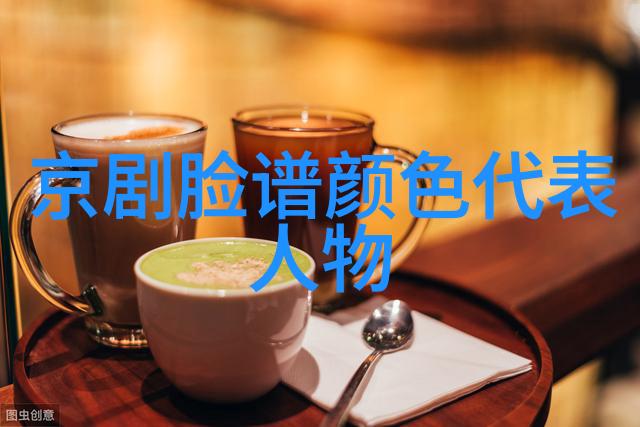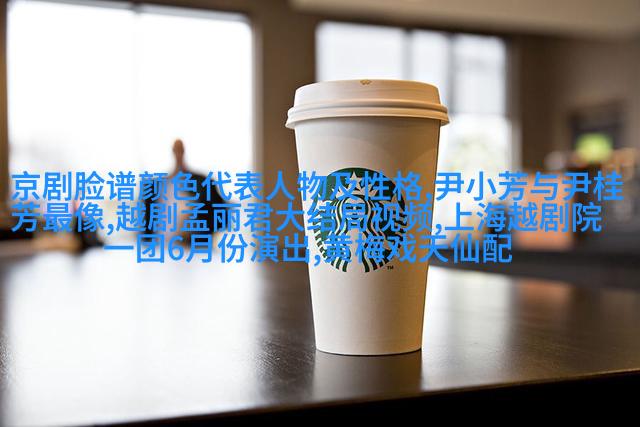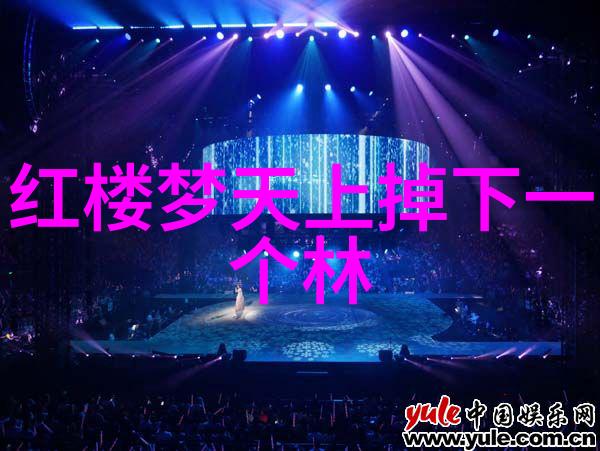在中国传统艺术中,豫剧是河南省的一种地方戏曲,以其独特的哭戏著称。cry out the pain of others' sorrow, is an essential part of this art form. The actor's ability to convey deep emotions and empathy through their performance has made them a beloved figure in Chinese theater.

The question remains whether this unique talent can transcend regional boundaries and connect with audiences from different parts of the world. To answer this, let's first delve into the history and cultural context of yueju opera.
Yueju Opera is a traditional Chinese theatrical form that originated in the Southern Song Dynasty (1127-1279 AD). It was originally called "Southern Opera" because it emerged in southern China during that time period. Over time, it spread throughout the country, adapting to local customs and developing its own distinct style.

One key element that sets Yueju apart from other forms of Chinese theater is its emphasis on emotional expression. Actors are trained to convey complex emotions through subtle facial expressions, body language, and vocal inflections. This focus on emotional depth has led to some truly remarkable performances over the years.
Nowadays, there are many talented performers who have gained recognition for their portrayal of crying scenes in yueju opera. Among them stands out as particularly noteworthy due to her exceptional skill at conveying raw emotion without resorting to melodrama or exaggeration.

Her ability to tap into her audience's feelings has earned her both critical acclaim and widespread popularity across China. But does she have what it takes to make an impact internationally? That remains a question worth exploring further.
In recent years, there has been increased interest among international audiences for traditional Chinese arts such as yueju opera due largely thanks efforts by artists like . They've brought their talents abroad for performances at major theaters around world like New York City’s Lincoln Center Festival or London’s Royal Albert Hall; these appearances have generated significant buzz about potential future collaborations between Western producers/performers & local artists here within mainland China itself!

This newfound curiosity could provide fertile ground for expanding horizons beyond domestic borders—though challenges remain: understanding nuances specific cultural backgrounds while still maintaining authenticity! So how do you think they might adapt cry-out technique if performed outside?
It would be interesting also discuss ways artistic exchange programs may facilitate cross-cultural dialogue fostering greater appreciation amongst diverse publics worldwide! As we continue reflecting upon topic so full rich potential opportunities waiting exploration – what steps should taken next?

As global citizenry becomes increasingly interconnected via digital platforms social media networks , we see ever-growing appetite demand learn share experiences explore new perspectives; I believe integrating elements these mediums effectively will play crucial role making artistic endeavors accessible universally appreciated!
Lastly asking ourselves one final query: Would your humble writer be able attend one those international performances & write review after witnessing firsthand power moving act themselves witness transformative impact performing arts bring people together transcending geographical distances?
I hope my response captures essence article well enough providing food thought inspire more discussion!


